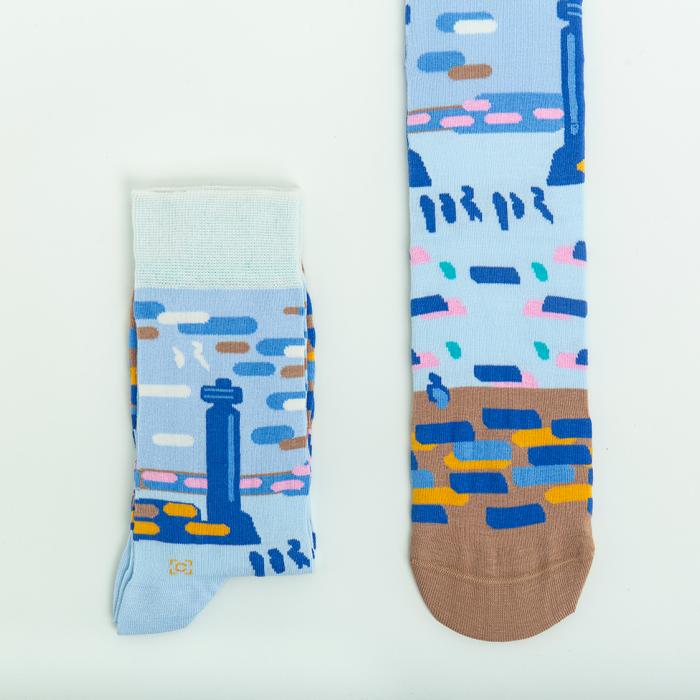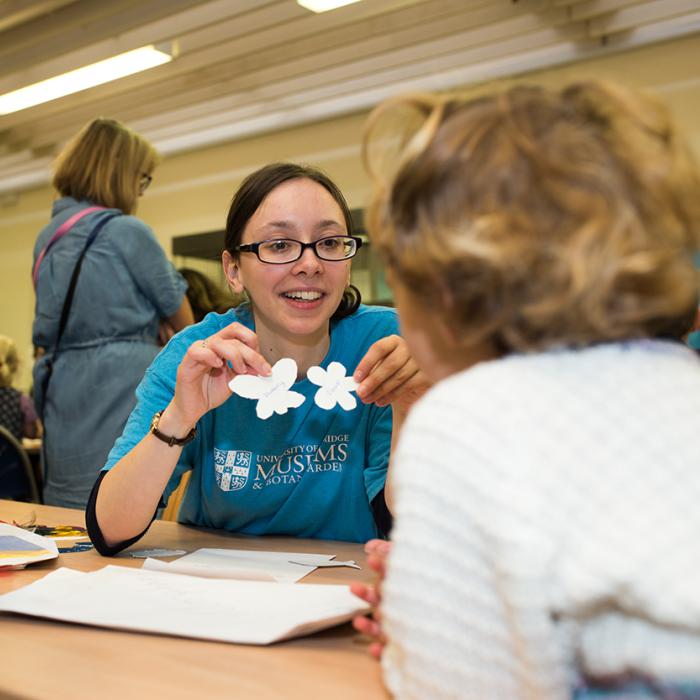Volcanoes form when hot molten rock (magma) under the ground erupts at the surface, but what causes the molten rock to erupt? Eruptions are often driven by gases escaping…
In this experiment you can start a chemical reaction that creates a gas, and see how the gas escaping drives an eruption.
This experiment and video was devised by the Volcano Seismology group in the Earth Science Department, University of Cambridge.
There are many different types of volcanoes. Shield volcanoes have a broad rounded shape and gentle splattery eruptions often described as fire fountains. Strato volcanoes are sharp and steep sided and have violent explosive eruptions. But what makes these two types of volcano look and erupt so differently? It is mainly controlled by how think (viscous) or runny the magma in the volcano is...
In this experiment you can use 3 different thickness (viscosity) liquids to see what differences runny or thick magma can cause in volcanoes.
It is really unusual for a palaeontologist (scientist who study fossils) to find a complete skeleton with all the bones in the right place. We are more likely to find only a few bones or a jumbled up skeleton.
Putting a skeleton back to together when you know what the animal looks like can be a challenge, but imagine how hard that becomes when there are no more of those creatures alive for you look at. It is a bit like trying to put a jigsaw puzzle together when you don’t have the photo on the box as a guide.
Gravel Hunters is an educational resource that aims to encourage budding explorers of all ages to discover fossils for themselves on their doorsteps. From gardens to car parks and driveways, fossils can be unearthed in flint gravel from all sorts of environments - all you need to do is collect them.
This resource gives examples of some of the most common fossils found in flint gravel.
Make your own colourful rainbow spinner and learn about the science behind seeing colour.
Have you ever looked up at the sky on a clear night and noticed shapes or groups of stars that appear to form a pattern? These are known as constellations. This activity shows you how to make your own viewer to help identify the constellations.
Kaitlin Ferguson leads a series of activities based on telescopes and exploration. Make your own viewfinder and design your own planet.
Just beneath the waves in shallow tropical seas you'll find a world teeming with life. It's here that we find coral reefs - colourful habitats where countless creatures live.
Unfortunately like many habitats, coral reefs are struggling with the changing climates and environments we see today. These changes lead to 'coral bleaching'.
What is 'coral bleaching'?
Animals have evolved over millions of years to live within the environment that they find themselves in. When that environment changes too quickly, they find it difficult to adapt in time to surive.
Science is everywhere - find out where to look for scientific objects around your house and your area with the help of the Whipple Museum's collections.

